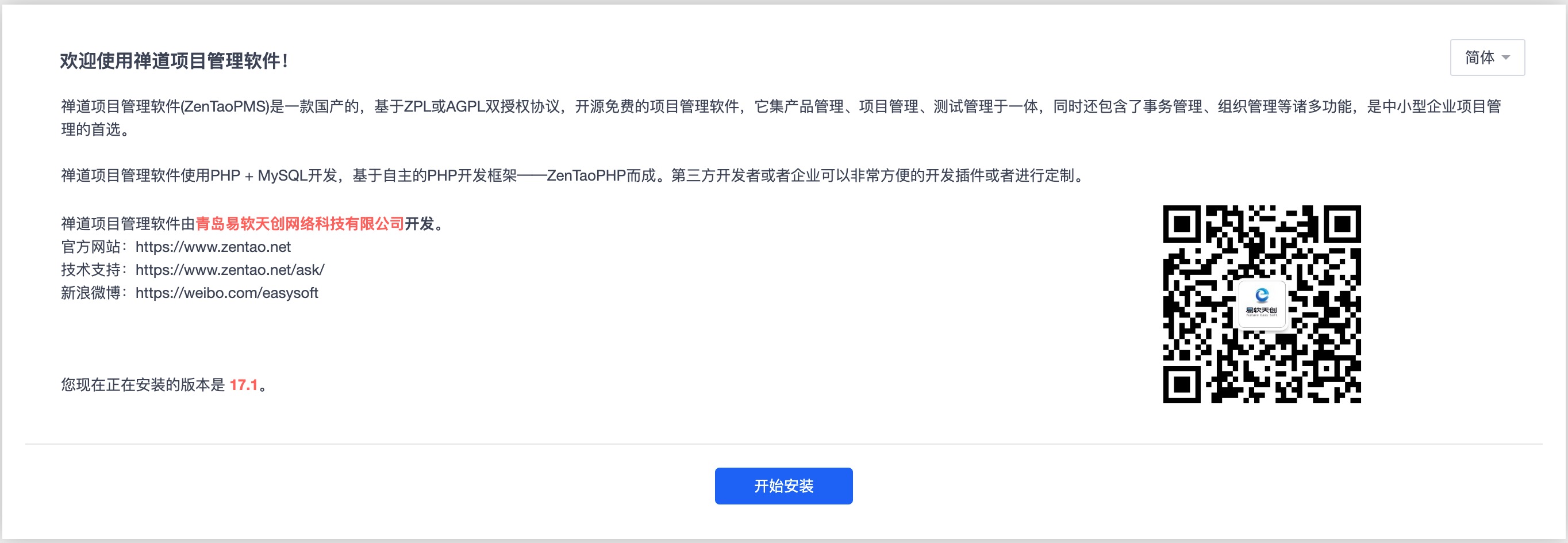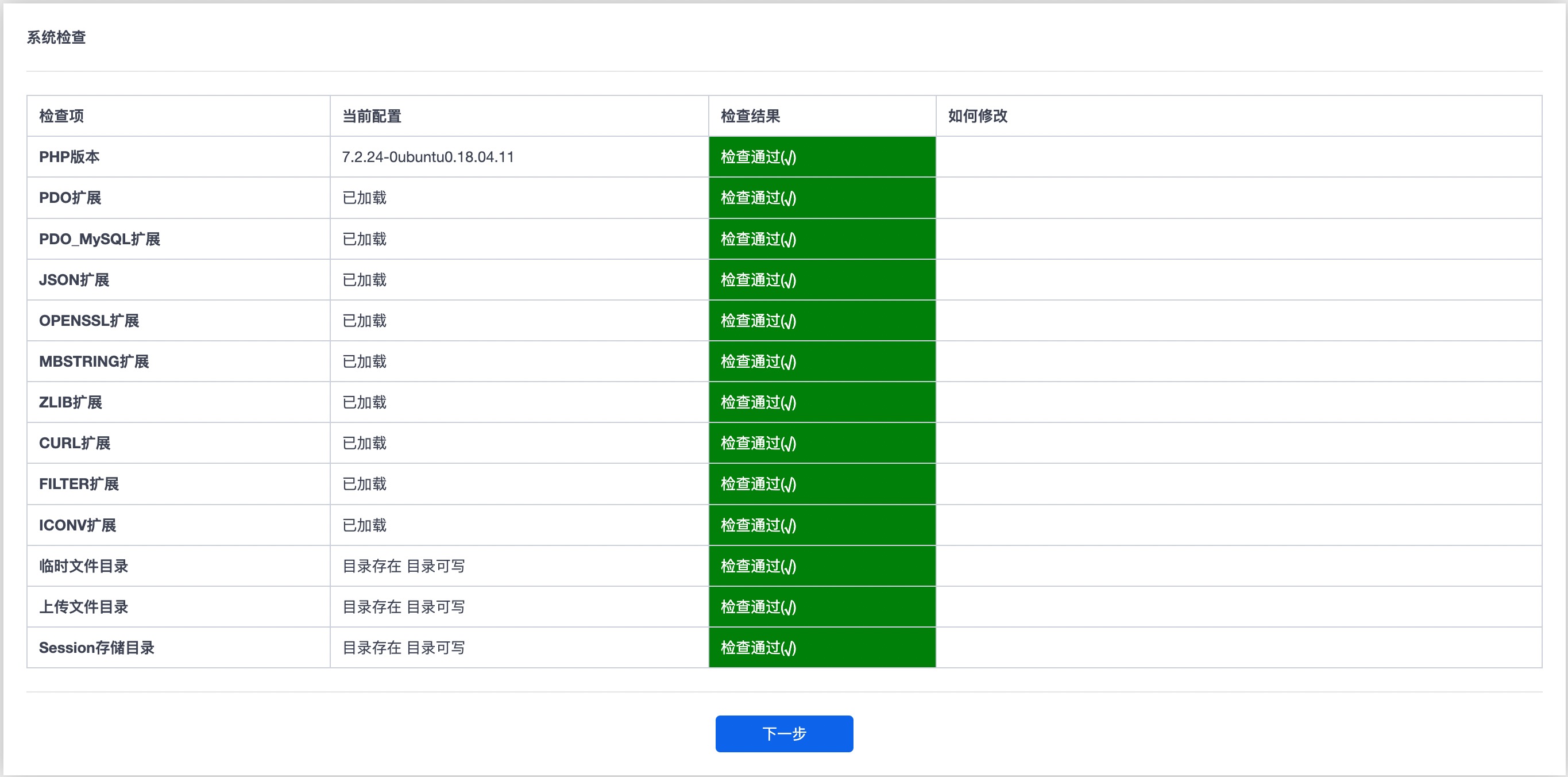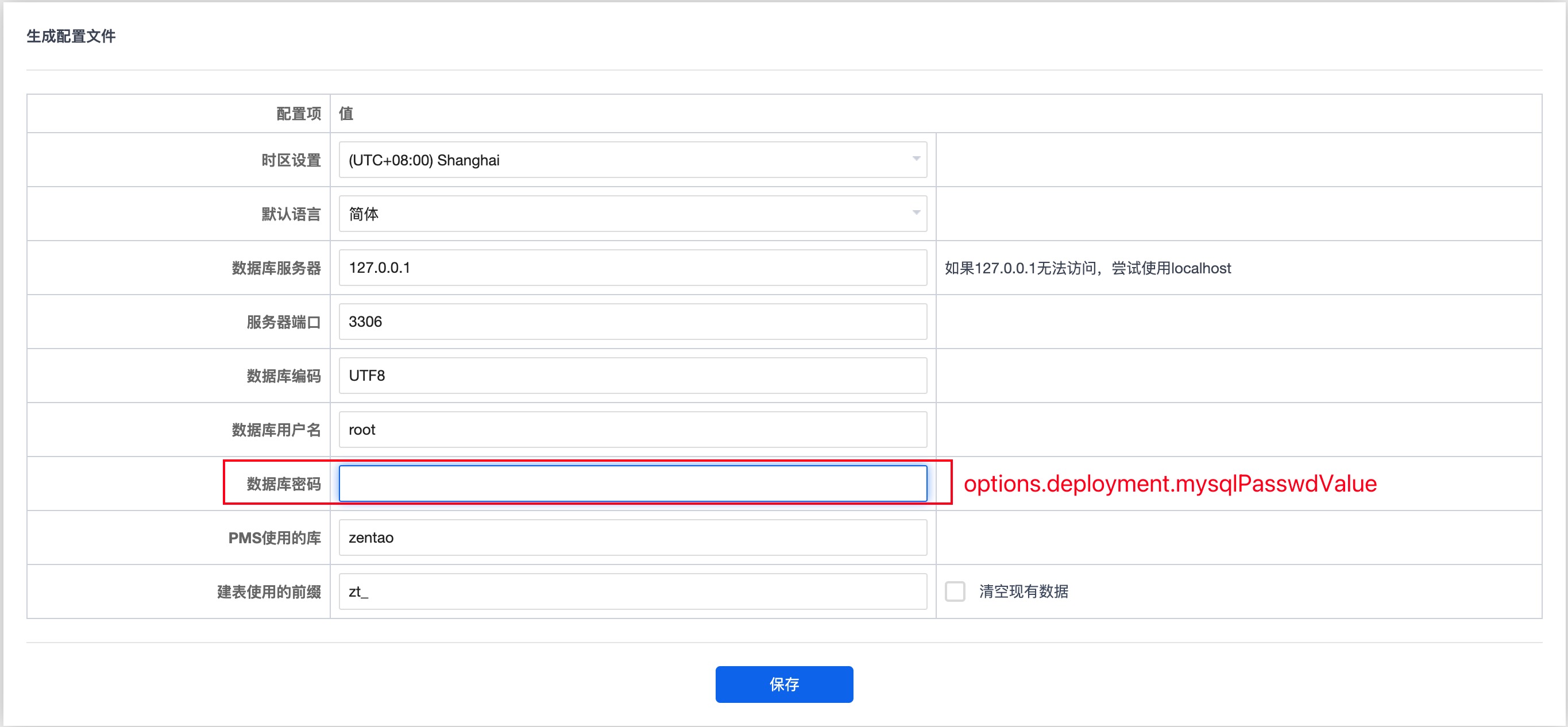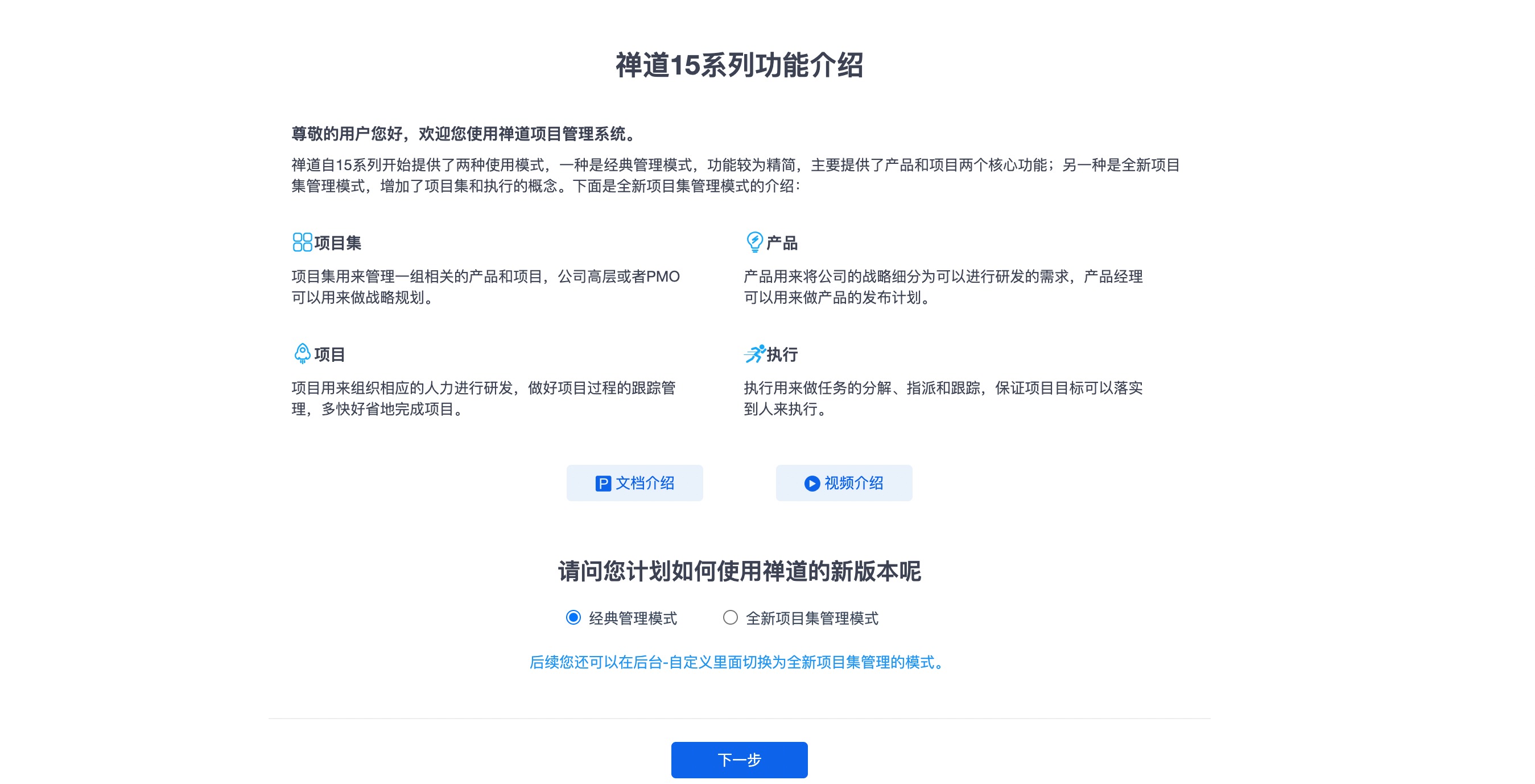zentao Plugin¶
This plugin installs ZenTao in an existing Kubernetes cluster by go client.
Notes:
- ZenTao will be installed in K8s cluster, please prepare a K8s cluster before using ZenTao plugin.
For the local build, you can use
hack/e2e/e2e-up.shto create a K8s cluster viaKind. - Currently, all fields listed in the example config file below are required. You can modify them according to your needs.
- This plugin is not supported to run on
arm64architecture now.
Usage¶
The following content is an example of the "tool file".
For more information on the main config, the tool file, and the var file of DevStream, see Core Concepts Overview and DevStream Configuration.
config:
state:
backend: local
options:
stateFile: devstream.state
tools:
# name of the tool
- name: zentao
# id of the tool instance
instanceID: default
# format: name.instanceID; If specified, dtm will make sure the dependency is applied first before handling this tool
dependsOn: []
# options for the plugin
options:
# namespace for ZenTao application
namespace: 'zentao'
# storageClassName used to match pv and pvc
storageClassName: 'zentao-storage'
# two PersistentVolumes for ZenTao and mysql should be specified
persistentVolumes:
# name of ZenTao pv
- pvName: "zentao-pv"
# capacity of ZenTao pv
pvCapacity: "1G"
# name of mysql pv
- pvName: "mysql-pv"
# capacity of mysql pv
pvCapacity: "1G"
# two PersistentVolumeClaims for ZenTao and mysql should be specified
persistentVolumeClaims:
# name of ZenTao pvc
- pvcName: "zentao-pvc"
# capacity of ZenTao pvc
pvcCapacity: "1G"
# name of mysql pvc
- pvcName: "mysql-pvc"
# capacity of mysql pvc
pvcCapacity: "1G"
# ZenTao application is deployed by K8s Deployment
deployment:
# name of ZenTao deployment
name: 'zentao-dp'
# number of application replica
replicas: 1
# ZenTao image
image: 'easysoft/zentao:latest'
envs:
- key: 'MYSQL_ROOT_PASSWORD'
# initial password value for mysql database, you can specify any value you like
value: '123456'
# ZenTao application is exposed via K8s Service
service:
# name of ZenTao service
name: 'zentao-svc'
# nodePort of ZenTao service, currently ZenTao plugin only support `nodePort` type
nodePort: 30081
Deployment¶
Step1: Prepare a Kubernetes Cluster¶
- If you already have a Kubernetes cluster, ignore this step.
- If not, you can use
hack/e2e/e2e-up.shto create a K8s cluster viaKindas test environment.
Step2: Create ZenTao Application via Config File¶
- Create a ZenTao config file following the usage example above.
Step3: Initialize ZenTao Application¶
-
Visit
http://NodeIP:NodePort("NodeIP" and "NodePort" are Kubernets node IP and node port) to start the initialization process. PressStart Installationbutton to the next step.
-
You don't need to do anything about the system check and it's done automatically. If there are system check items that do not pass, please make sure that the previous operation is correct. If it still doesn't work, create an issue to track your problem.

-
Fill in database password filed with
options.deployment.mysqlPasswdValuewhich was set previously inZenTao.yaml.
-
If everything proceeds successfully, you will see the Zendo introduction.

-
Fill in your company name and create an administrator account.

-
Now, the Zendo application has been successfully deployed.
